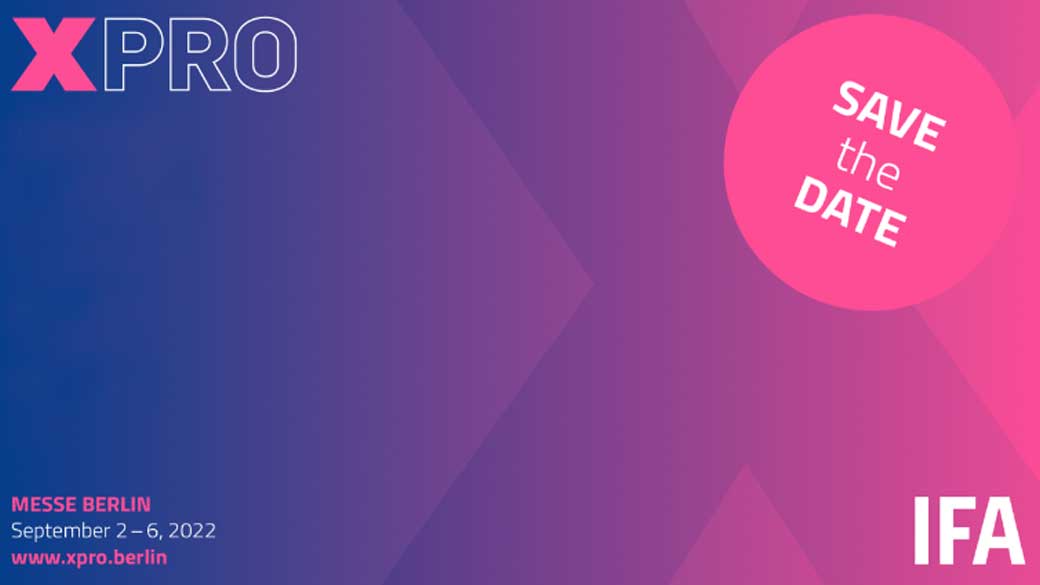
XPRO Berlin, IFA Berlin: The Hybrid Event Experience
Introduction to Hybrid Events
Hybrid events are a combination of in-person and virtual events, offering the best of both worlds. They provide an opportunity for attendees to participate in person or virtually, increasing the reach and engagement of the event.
Hybrid events have become increasingly popular in today’s world, as they offer a flexible and convenient way to attend events. With the rise of virtual events, hybrid events have become a necessity for event planners who want to cater to a wider audience.
By blending physical and digital experiences, hybrid events ensure that no one misses out, regardless of their location.
What is XPRO at IFA Berlin?
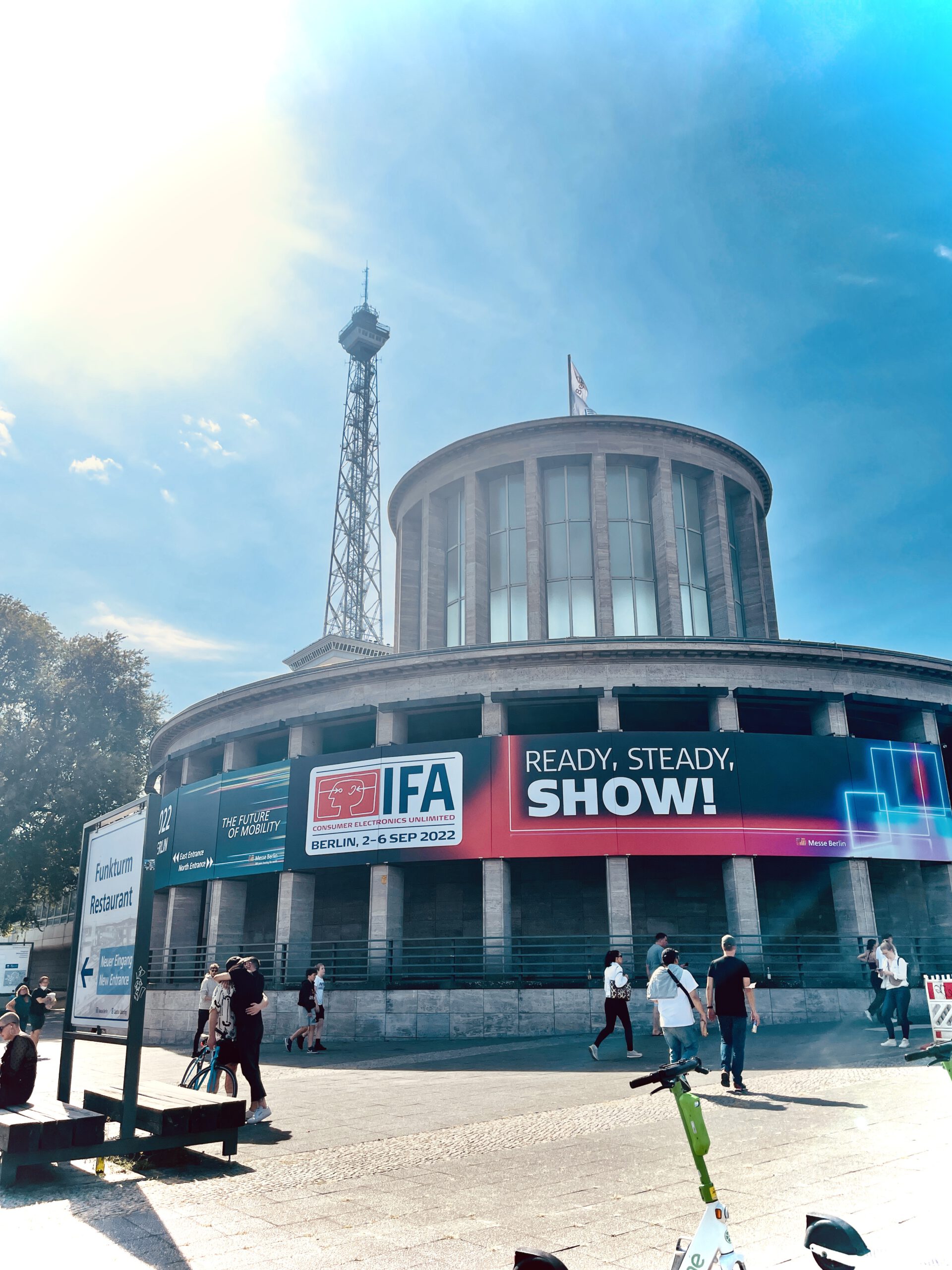
From September 2 to 6 you will find us at the XPRO Berlin booth at IFA Berlin. With XPRO, Messe Berlin is developing a new European B2B marketplace.
It’s targeting experiential technologies, products and services that connects agencies, production and service companies. With international customers and cooperation partners via year-round hybrid formats.
Around the world, extraordinary experiences are created in cultural entertainment and brand spaces that connect us intuitively and sustainably with content and products.
Innovative technologies such as virtual and augmented reality applications or multi-touch and app-based navigation systems are used.
The growing diversity of technological tools and the greater self-evidence of their use will cause the degree of networking and immersion to increase significantly once again in the coming years.
In addition to these technological advancements, XPRO Berlin places a strong emphasis on creating unique in person networking opportunities, ensuring that attendees can benefit from tailored experiences based on their participation format.
Messe Berlin is hosting
Messe Berlin has picked up on this market dynamic and is developing XPRO, a European hybrid B2B marketplace that connects agencies, production and service companies with international customers.
Join us, discover what XPRO Berlin is all about, immerse yourself in interactive and immersive experiences, and learn all about the power of experiential technologies in culture, brand and entertainment in exciting talks featuring interactive features like live Q&As and personalized viewing experiences.
XPRO Berlin is a new interdisciplinary European B2B marketplace for experience technologies, products, and services. XPRO Berlin is a format of Messe Berlin.
What is IFA?
The IFA in Berlin is a technology and industry trade fair that takes place annually in the summer in the exhibition halls under the Berlin Radio Tower. IFA stands for “International Radio and Television Exhibition”.
Hybrid Event Planning
Hybrid event planning requires careful consideration of several key factors, including the event format, target audience, and logistics. Event planners must decide on the best hybrid event platform to use, as well as the content and engagement tools to include.
They must also consider the needs of both in-person and virtual attendees, ensuring that both groups have an equally engaging experience. The right hybrid event platform can provide all the tools necessary to create a cohesive and interactive event, bridging the gap between physical and virtual spaces.
Key Considerations and Strategies
When planning a hybrid event, there are several key considerations and strategies to keep in mind. First, event planners must define their event goals and objectives, including the target audience, event format, and desired outcomes.
They must also choose a hybrid event platform that meets their needs, including features such as live streaming, virtual networking, and interactive content sharing.
Additionally, event planners must consider the logistics of the event, including venue selection, catering, and audiovisual equipment. They must also develop a marketing and sales strategy to promote the event and attract attendees.
By focusing on these key elements, planners can ensure that their hybrid event attracts a diverse and engaged audience.
Logistics and Resource Allocation
Logistics and resource allocation are critical components of hybrid event planning. Event planners must ensure that they have the necessary resources, including staff, equipment, and budget, to execute the event successfully.
They must also consider the logistics of the event, including setup, registration, and catering. Additionally, event planners must allocate resources effectively, ensuring that both in-person and virtual attendees have a seamless and engaging experience.
With the use of a hybrid event platform, event planners can streamline the logistics and resource allocation process, making it easier to manage and execute the event.
By considering the needs of both in-person and virtual attendees, event planners can create a successful and engaging hybrid event that meets their goals and objectives.
This careful planning and resource management are key to achieving a high event ROI and ensuring overall event success.
What are hybrid events?
Importance and Relevance in Today’s World
Hybrid events are important and relevant in today’s world because they offer a unique experience that combines the benefits of in-person and virtual events.
They allow attendees to connect with each other and with the event content in a more engaging and immersive way. Hybrid events also provide an opportunity for event planners to reach a wider audience, increase attendance, and generate more leads.
Additionally, hybrid events can be more cost-effective than traditional in-person events, as they reduce the need for travel and accommodation.
With the use of a hybrid event platform, event planners can create a seamless and engaging experience for both in-person and virtual attendees. This dual approach not only maximizes participation but also enhances the overall event success.
Definition and meaning
Hybrid events are an innovative mix of physical and virtual elements that make it possible to organise events in a completely new way. This type of event combines the advantages of live events with the possibilities of digital technologies.
As a result, hybrid events can achieve a greater reach and appeal to a larger number of participants. The term ‘hybrid event’ is often used in connection with livestreams and can be used synonymously with ‘hybrid events’.
This form of event has proven to be extremely valuable, especially in times of contact restrictions, as it makes it possible to create a shared experience despite physical distance.
A key aspect of this is the virtual experience, which engages remote attendees through interactive features such as real-time stats and live Q&A sessions.
Successful examples, like the Super Bowl and museum tours, demonstrate how virtual experiences enhance user engagement and broaden global reach.
Greater reach and higher participant numbers with virtual attendees
A key advantage of hybrid events is the ability to organise an event despite physical separation and achieve a greater reach.
Virtual participation means that people from all over the world can take part in the event without having to be physically present. This not only leads to higher participant numbers, but also to a more diverse and international group of participants.
It is crucial to cater to remote attendees by providing access to recordings, interactive features, and networking opportunities designed to engage this audience effectively.
Hybrid events therefore offer the opportunity to reach a wider audience and take the event to a new level. This is particularly valuable for companies and organisations that want to present their messages and products to a global audience.
Martin Rieger is there
I’ll be joining in on the 5th and 6th September. My presentation is called “hear the unheard”.
Some people think of sound as nice-to-have. But with immersive technologies, it now became mandatory in the form of 3d audio. Martin will break down what’s in for you and why anybody knows that Apple already builds spatial audio in millions of devices.

Hear the Unheard: Engaging the in person audience

Here is the link to my presentation
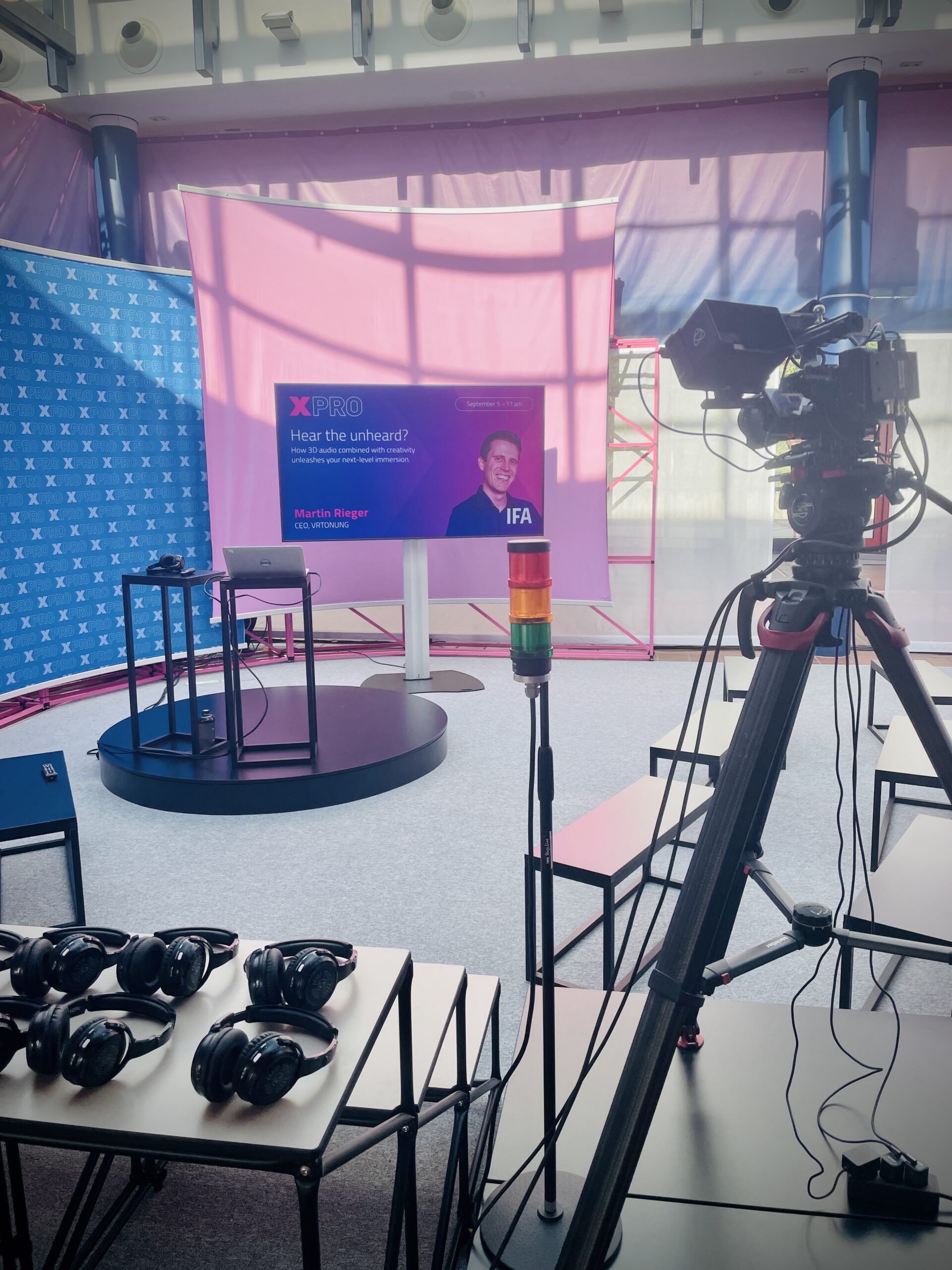
Hybrid events: 3D audio for an immersive experience
Why 3D audio is crucial for hybrid events. In my presentation at IFA in Berlin, I showed how 3D audio as a technology plays a crucial role for hybrid events.
Especially for hybrid events that engage both offline and online participants, 3D audio can significantly enhance the immersive experience and boost virtual engagement.
At live events and trade fairs such as IFA, visitors and online viewers alike can immerse themselves in the event, even if they are not in the same place. 3D audio can be used in different types of events to engage both physical and virtual attendees.
The concept of the hybrid event and the use of 3D audio in today’s world, where hybrid events are becoming increasingly important, it is becoming more and more important to create a unique experience for all participants.
Whilst live streaming technology allows the event to be broadcast to an online audience, 3D audio can significantly enhance the perception of the event.
The technology can be used in such a way that the online audience not only experiences the event visually, but also acoustically as if they were there.
This means that special 3D audio techniques are used in audio production to project the sounds of exhibitors, conversations or stage actions directly into the listener’s space, for example.
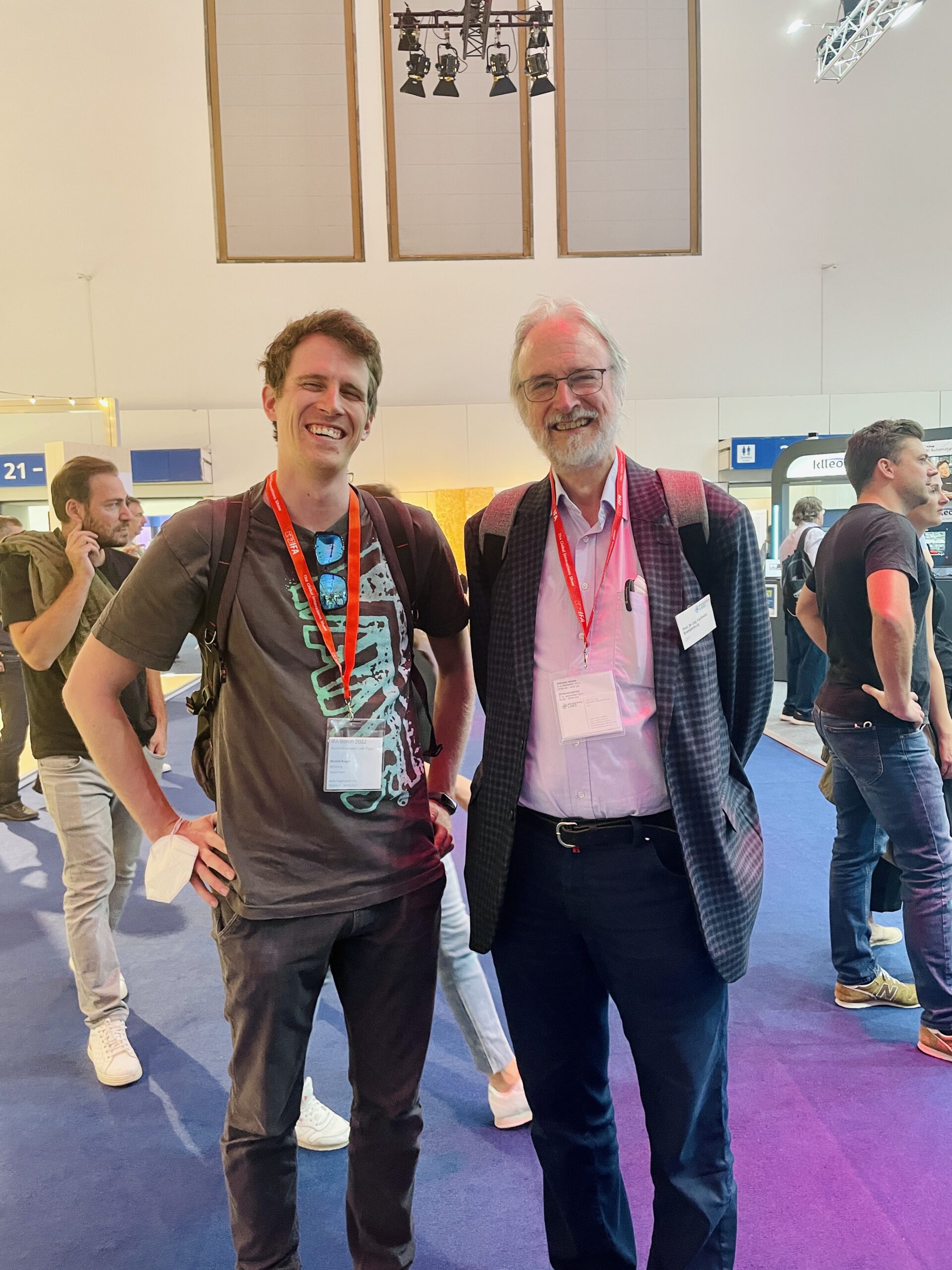
The advantages of 3D audio for hybrid events
Immersive experiences for all participants
The use of 3D audio makes it possible to create a hybrid event where online participants and live visitors can share the same immersive experience.
Engaging both in-person attendees and virtual participants is crucial, as it ensures that everyone, regardless of their location, receives equal attention and engagement opportunities.
At hybrid trade fairs or live shows, 3D audio ensures that the sound comes from anywhere in the room, just like at a real face-to-face event. This allows visitors or spectators, whether on site or on screen, to feel immersed in the atmosphere of the event.
Technological integration for better communication
Thanks to new technologies that are now being integrated into headset-based systems, we can utilise 3D audio in hybrid events to enable precise eye tracking and sound placement.
This means that during presentations or live streams, online viewers can hear exactly where a particular voice or sound is coming from – as if they were right there in the room.
This helps to improve communication and interaction and ensures that the content of the event is better understood.
Examples and demos of 3D audio in hybrid events
Practical examples from event practice
At IFA Berlin, I presented various demos in which 3D audio was used in hybrid events. One of the key findings was that 3D audio makes it possible to offer online participants the same quality of surround and ambience sound that live participants experience on site.
In a hybrid event, where both offline attendees and online viewers come together, both groups can be equally drawn in by the spatial effect and sound nuances of the event.
Live and on-demand experiences
In hybrid events, it is not only important to enrich the event during the live broadcast, but also to offer online viewers an excellent on-demand experience later on.
3D audio ensures that the event content remains immersive and exciting even after the event. Providing on-demand content allows both virtual and in-person attendees to access missed sessions or revisit key moments, thereby prolonging the engagement and impact of the event beyond its conclusion.
This is particularly relevant for press conferences or product presentations where a clear and captivating presentation is important.
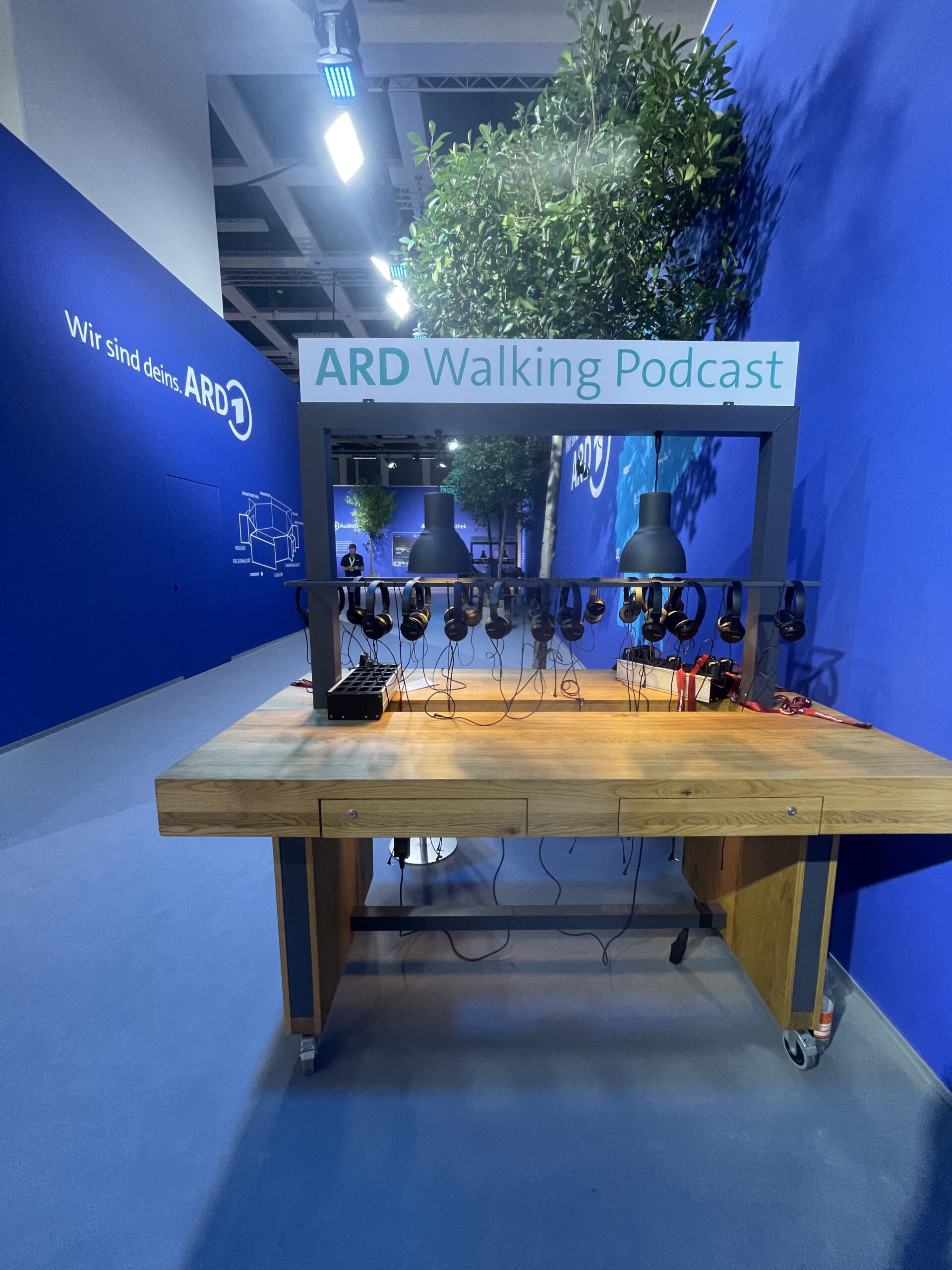
Organisation of hybrid events on a hybrid event platform
Challenges and solutions
Organising hybrid events poses a number of challenges, but these can be overcome with the right planning and the right partners.
One of the biggest challenges is the technical implementation. It is crucial that virtual participation runs smoothly and without technical problems to ensure a seamless experience for all participants.
This requires a reliable infrastructure and experienced technicians working in the background to ensure that everything runs smoothly.
Another challenge is synchronising the physical and virtual elements of the event. It is important that both parts of the event are well harmonised to create a consistent experience.
This requires careful planning and coordination, taking into account all aspects of the event, including the capture of critical data. This data is crucial for analyzing participation metrics, engagement levels, and return on investment, thereby refining future event strategies.
To overcome these challenges, it is advisable to have a competent partner at your side who has experience in organising hybrid events. Such a partner can support you from the conception, planning and realisation to the follow-up and ensure that your event is a complete success.
With the right support, hybrid events can be an effective and innovative way to reach and inspire your target group.
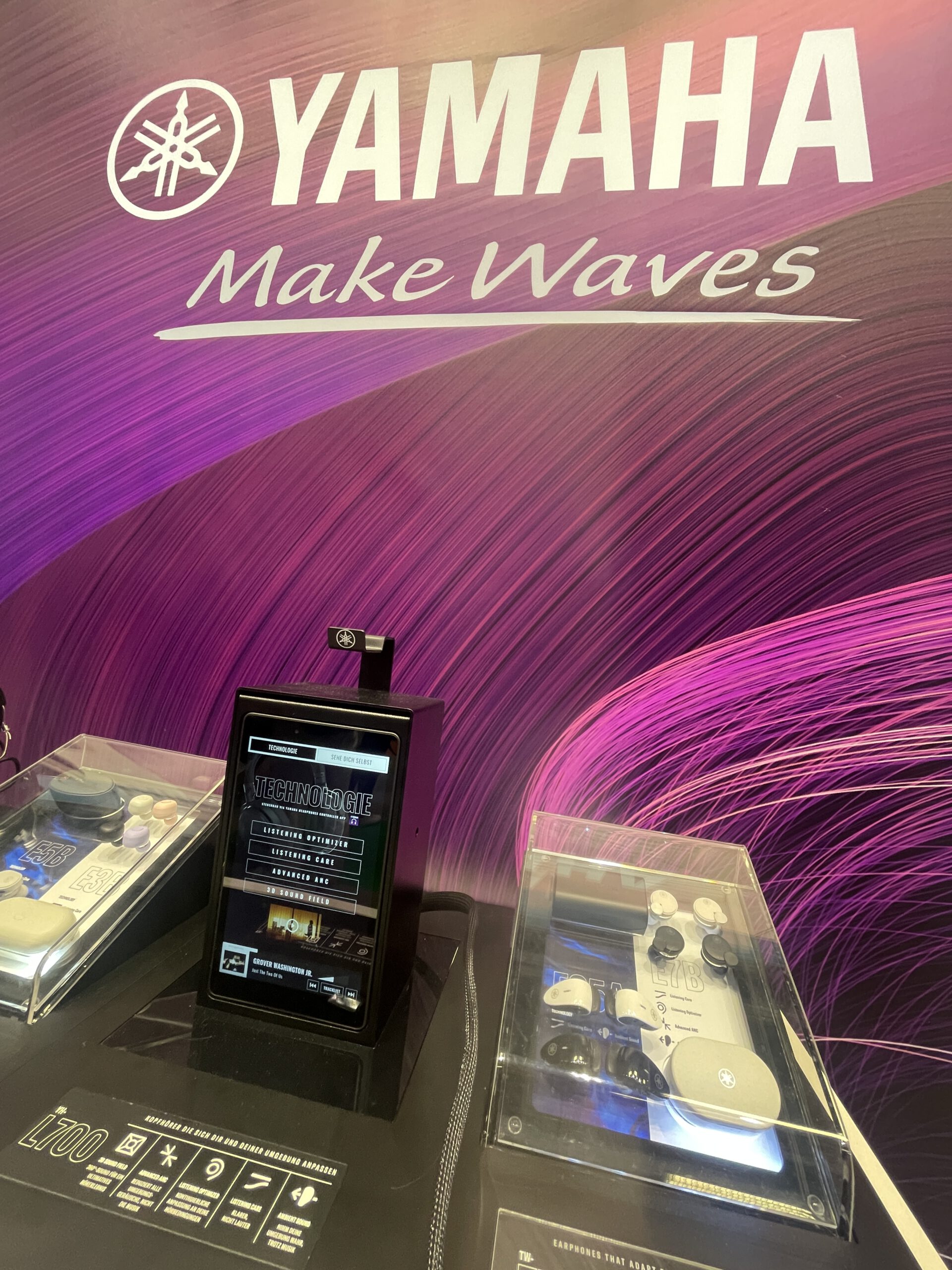
Conclusion: The future of 3D audio in hybrid events
The benefits of 3D audio in event technology
To summarise, 3D audio will play a crucial role in the future of hybrid events.
It will not only be used as a technology to enhance the spatial sound for live events, but also to integrate the online audience into the event experience.
Through the targeted use of 3D audio, companies and exhibitors in hybrid events can push the boundaries of traditional audio formats and revolutionise the audience experience.
Whether it’s making live streams accessible to a wide audience or encouraging interactive communication, 3D audio ensures that the live event experience is seamlessly integrated with online participation for a unique experience.
Gathering feedback and insights from previous events is essential for planning the next event. This helps in improving future events and employing effective marketing strategies to promote and optimize the next event, including audience engagement techniques and leveraging past content.